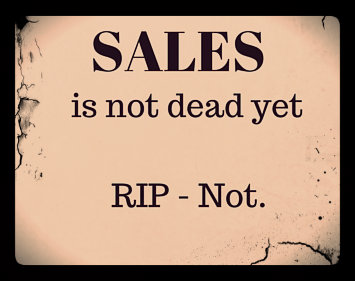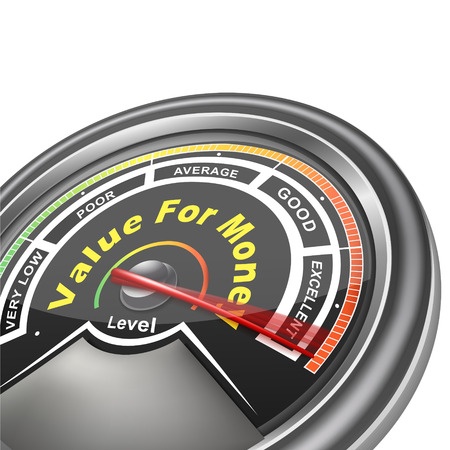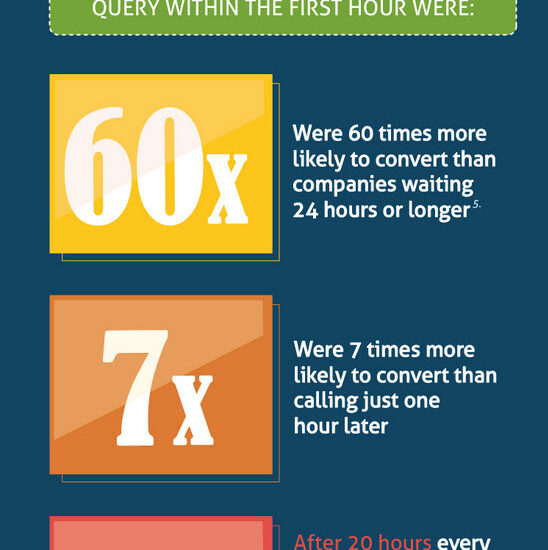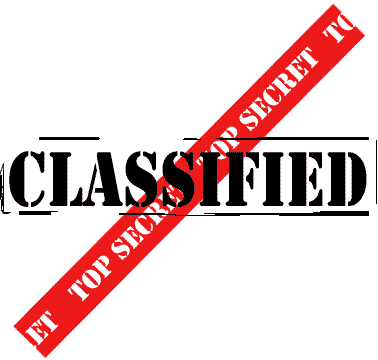Inbound Marketing
-
Why Inbound and Inside Sales Experts Think Sales Process is Dead Too
- August 18, 2015
- Posted by: Dave Kurlan
- Category: Understanding the Sales Force

I love and use some of their tools and services and recommend them to clients too. But the key word here is tools. They support and enhance selling. Tools don’t replace selling.
-
Selling Value – Everything You Always Wanted to Know
- December 4, 2014
- Posted by: Dave Kurlan
- Category: Understanding the Sales Force

So if not those topics, then what should we all be writing about – all the time – that would be a real difference maker for salespeople?
I believe that it’s the importance of and ability to sell value. Why, you ask?
-
Why This Salesperson Failed to Close the Deal
- November 17, 2014
- Posted by: Dave Kurlan
- Category: Understanding the Sales Force

-
Surprising Social Selling Secret Drives Sales Revenue
- November 5, 2014
- Posted by: Dave Kurlan
- Category: Understanding the Sales Force

If you’ve been reading my Blog, then you are probably aware of OMG’s big Sales Force Effectiveness Study that we’ve been working on for the past three months. One of the things we studied is the impact of Social Selling. At face value, one might come to the exact same conclusion as we did in 2013, that it’s having limited impact on sales. However, this time we looked wider and deeper and beyond the obvious and we were extremely surprised by what we found. We discovered that
-
Sales Success is Like Making Great Tasting Soup
- November 3, 2014
- Posted by: Dave Kurlan
- Category: Understanding the Sales Force

Sales success is no more about any one competency than great-tasting soup is about one ingredient. If you omit one ingredient, like salt, the soup will taste bland. If you omit one competency, like Qualifying, your sales effectiveness will suffer. While you can’t leave one ingredient out of the soup, it’s also not possible to make soup by focusing on and including only one ingredient. Likewise, with sales, you can’t expect to succeed, dominate your market, and celebrate your results if you focus on and include only one of the competencies on my list.
-
After Inbound 14 – Anatomy of a Hybrid Sales & Marketing Role
- September 22, 2014
- Posted by: Dave Kurlan
- Category: Understanding the Sales Force
When speaking on the Inbound Stage at Inbound14, my topic was Hiring for the Inbound Sales Role. I asked the question, “Is this a sales or a marketing role?”
The audience desperately wanted this to be a hybrid – someone who could do both the marketing and the sales. Unfortunately, a hybrid role it is not.
-
Top 10 Reasons Why Inbound Cannot Replace Sales
- August 15, 2014
- Posted by: Dave Kurlan
- Category: Understanding the Sales Force
Well, it’s really happened now.
I was following a discussion in the Hubspot VAR Group on LinkedIn, where the question posed to the group was whether or not the first sales hire should be a sales or a marketing person.
-
Double Article Friday and the Death of All Selling Forever
- April 25, 2014
- Posted by: Dave Kurlan
- Category: Understanding the Sales Force
There is no doubt that selling has changed – a lot – but the marketers who most benefit from telling you that it has changed to the point where you should not sell anymore are simply trying to get you to buy their stuff!
-
Social Selling – I’m a Proponent, Not a Detractor – Look at The Stats
- November 15, 2013
- Posted by: Dave Kurlan
- Category: Understanding the Sales Force
Bob Thompson left several comments on the article at the CustomerThink site. In his last comment, he asked what the stats would look like if we only reported on what the best salespeople did with social media. I think that’s a terrific idea, Bob, and while it’s much more difficult to isolate those statistics, I did the research and report on it here.
-
Sales Candidate Shortage – More Proof That Sales Isn’t Dead Yet
- November 7, 2013
- Posted by: Dave Kurlan
- Category: Understanding the Sales Force
As you probably know, many people have been writing premature obituaries about the impending death of selling. Of course, that’s been going on since at least 2006 when I posted my first rebuttal to this silly claim, and as recently as last month when I posted my latest rebuttal. It’s being perpetuated by extremist marketers who are claiming that inbound will become the be-all end-all.
It’s simply not true.
- 1
- 2

